The Melbourne hitmen who took cash to kill
They’ve done the dirtiest of work and wouldn’t have lost a minute’s sleep over it. They’re Melbourne’s contract killers and triggermen who took cash then lives on behalf of their gangland masters.
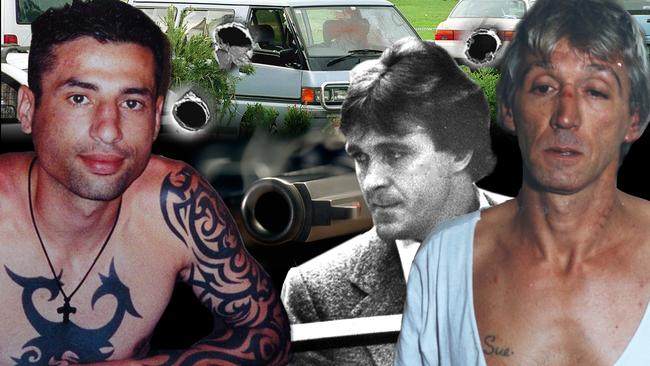
True Crime
Don't miss out on the headlines from True Crime. Followed categories will be added to My News.
They’ve done the dirtiest of work and most wouldn’t have lost a minute’s sleep in the process.
Melbourne’s criminal history is littered with contract killers, the triggermen who took cash then lives on behalf of their gangland masters.
Names like Longley and Veniamin and among the most prolific in the caper.
Others — who the law will not let us name — are just nicknames because they later made deals with police to finger those who commissioned their kills.
RODNEY COLLINS
Rodney Charles Collins was virtually unknown outside police and criminal circles.
But this flint-hearted gun-for hire went to the grave last year with as many as 10 victims to his name.
Some of his tally were contract murders and other strikes against criminal rivals.

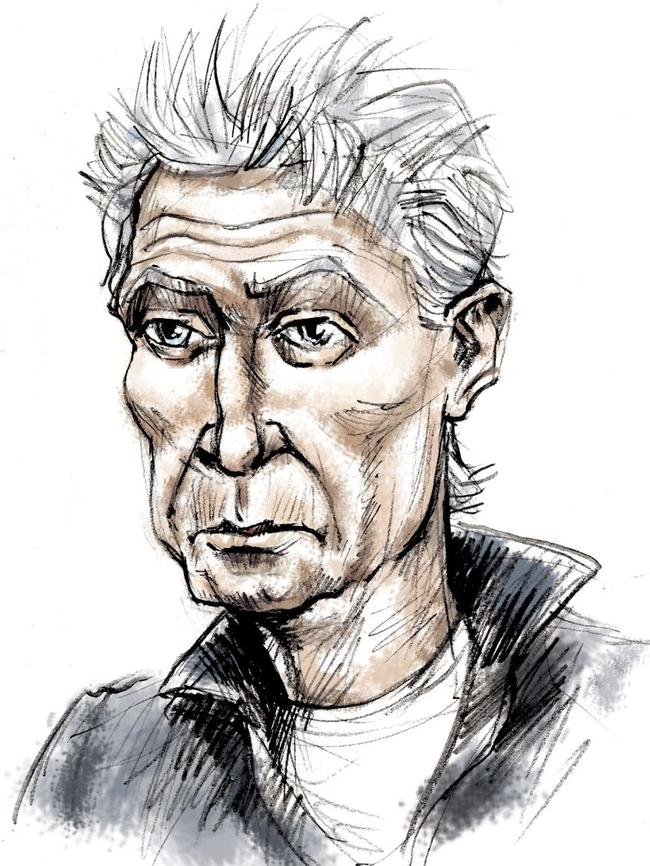
Collins killed during two eras of Melbourne gangland conflict and was known as a remorseless operator.
Among those police suspect he murdered early on were Painter and Docker war figures Laurie Prendergast and Brian Kane.
He is believed to have been the triggerman, on behalf of Carl Williams, in the slaying of police witness Terry Hodson and his wife Christine.
When he died, Collins’ was doing prison time for the murders of drug dealer Ray Abbey and his wife Dorothy at their West Heidelberg home in 1987.
He remained a suspect in the 2006 murder of Carlton Crew identity Mario Condello.
ANDREW VENIAMIN
In the mid-1990s, Andrew Veniamin was just another Sunshine kid with a moderate rap sheet and a heap of attitude.
But by the early 2000s, he was the hottest hand in the business after cosying up with Carl Williams as Melbourne’s gangland war spiralled out of control.
By the time he was shot dead by Mick Gatto in 2004, Veniamin may have killed as many as seven.

Ruthless drug boss Nik Radev and underworld stalwart Victor Peirce are suspected of being victims.
Old western suburbs mates Paul Kallipolitis and Dino Dibra are also believed part of the body count.
Veniamin worked for Williams at a time when the latter had modestly labelled himself The Premier.
He served as bodyguard and assassin for Williams until — as the police heat increased — his employer was forced to engage other help to eliminate his enemies and rivals.
Veniamin ultimately died in the back of a Carlton restaurant, finally finding the wrong end of the gun.
A jury later agreed with his associate Gatto’s argument that it was a clear-cut case of self-defence.
CHRISTOPHER DALE FLANNERY
His nickname said it all.
Christopher “Rent-a-kill” Flannery was a strictly-business operator who would happily murder if the price was right.
Flannery, a violent thug from his teenage years, later turned to murder, claiming an unknown number of victims.
He also had his share of good fortune, twice being acquitted of homicides.
In 1980, he was arrested over the death of businessman Roger Wilson east of Melbourne
The killers posed as police to intercept businessman Roger Wilson and execute him.
Flannery was eventually acquitted after the disappearance and likely murder of a witness.
He was immediately charged over the killing of Sydney gangster Ray Locksley, murdered in 1979.
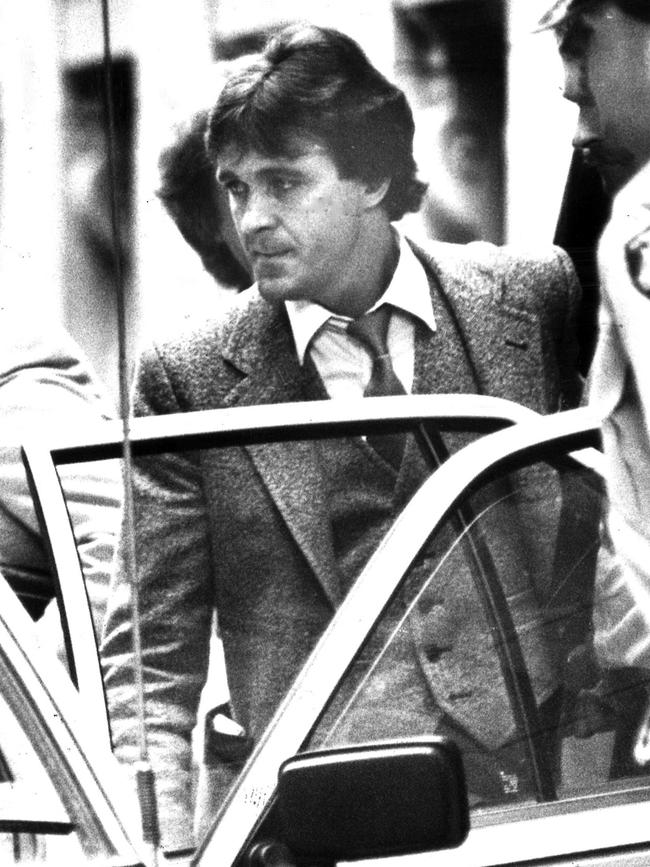
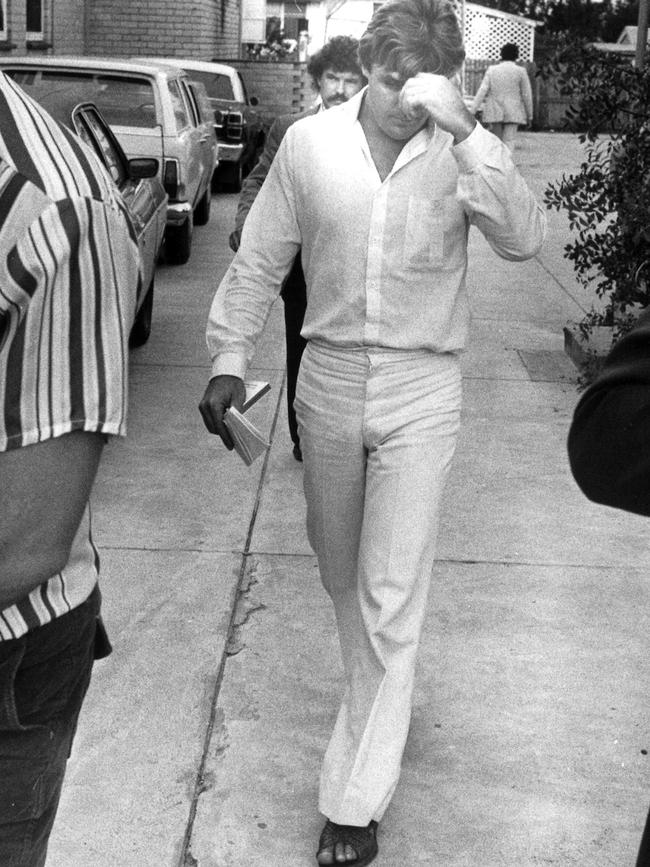
He beat the matter after twice being tried.
The beginning of the end came when he accepted the job of murdering Sydney narcotics detective Mick Drury.
Drury survived but the attempt sparked a massive investigation which put the spotlight firmly on Flannery and his mates from the criminal and police fraternity.
A year later, he is suspected of murdering criminal associate Tony Eustace in Sydney.
Those close to Flannery — who already knew he was an erratic hothead — started to view him as a major liability.
Things were heating up and his masters wanted the gunman out of the kitchen.
There have been many rumours about what happened to Flannery.
There is talking he’s buried at Geelong while others say he was murdered then given a burial at sea.
One version had him executed by bent Sydney police and another has it that he was struck with a meat cleaver before being fed into a tree shredder.
Either way, someone decided Rent-a-kill was a pest well overdue
for extermination.
THE RUNNER
The Runner was another of Carl Williams’ team of killers and the man who would later play a huge part in his demise.
An armed robber and prison escapee, he had been a handful for authorities long before he signed up with Williams while doing a prison stint in the 1990s.
Violent, cold-blooded and with an awful criminal history, he had just the CV required to do dirty deeds for Williams.
It was The Runner who pulled the trigger at a children’s footy clinic at Essendon on June 21, 2003.
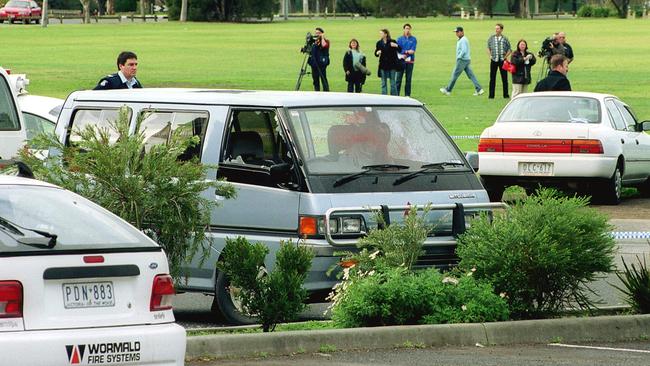
He used a shotgun and a pistol to murder Jason Moran and his mate Pasquale Barbaro as they sat with a vanload of kids at Cross Keys Reserve.
Clearly murdering in front of children was not an issue for The Runner.
In October of that year, he shot dead hot-dog salesman and drug dealer Michael Marshall in front of his young son at South Yarra.
But, by that time, The Runner was under heavy police surveillance and he and a getaway driver were arrested within hours.
Cornered, he agreed to give evidence against Williams in what was a major breakthrough for investigators.
BILLY LONGLEY
It’s been euphemistically suggested that Billy “The Texan” Longley was the last man to see more than a dozen victims of Melbourne’s dock wars.
Whatever the truth, he was a central player in this extraordinary era of violence, which ran through the 1960s and 1970s, and claimed up to 40 lives.
When five Painters and Dockers Union figures were shot one night at Port Melbourne’s Rose and Crown Hotel, Longley was an immediate suspect.
He was later charged, tried and acquitted.
If he wasn’t a major factor in the conflict before that, he was after.

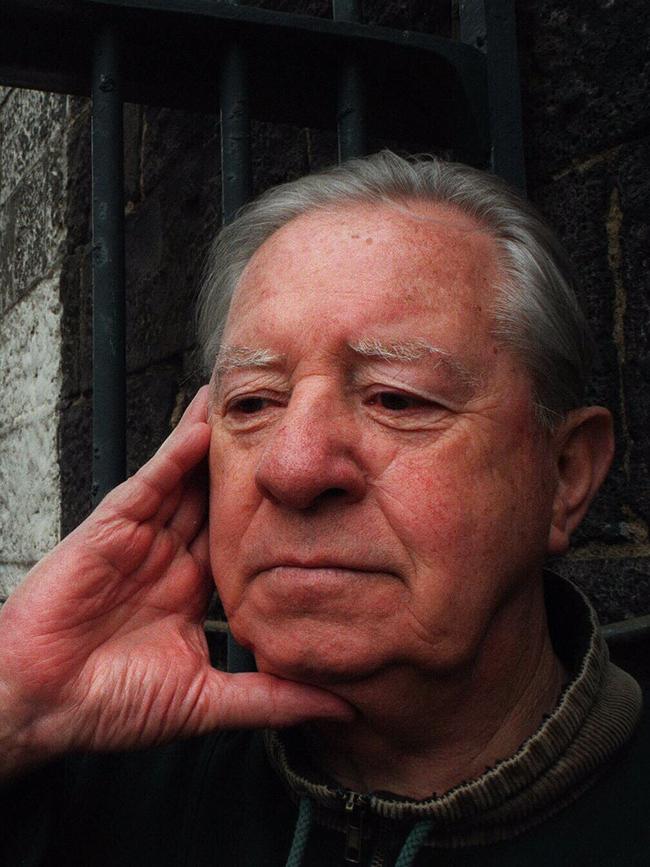
Nobody is quite sure what Longley got up to in subsequent years but he was marked for death and, reputedly, unafraid to get in first.
There were also suggestions of long drives to Sydney, avoiding the prospect of being spotted at airports, to carry out contract killings.
In 1973, union secretary Pat Shannon was shot dead at the Druids Hotel in South Melbourne.
Longley, who had been gunning for the president’s job but failed at a rigged election, was arrested over the murder soon after and jailed after it was found he paid the gunman $6000 for the hit.
He survived 13 years in prison, where it was feared his enemies would get their chance to have the final say.
Longley died peacefully in the Royal Melbourne Hospital in 2014. He was aged 88.
STEVEN ASLING
Steven Asling probably should have quit crime in 1992 when a bungled robbery at Melbourne Airport ended in disaster.
Instead of scooping up a fortune, the heist ended with accomplice Norman Lee fatally shot by police and another partner-in-crime, Steve Barci, badly wounded.
But, it was the lure of money which was later to get the better of Asling again.
He took the job of killing Graham “The Munster” Kinniburgh outside his Kew home in 2004, killing the respected gangland figure late at night in a fashion similar to many others of the era.
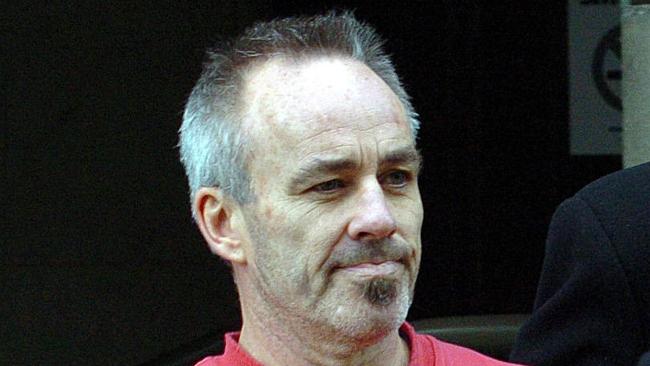
The man police believe was his accomplice that night, Terrence Blewitt, was later to disappear.
His remains were later excavated by police in a major operation at a commercial waste site in Melbourne’s northern suburbs.
It took years but police would eventually nail Asling over the Kinniburgh slaying.
If he ever walks free, it will be as an old man who spent more than half of a long life behind bars.
MORE CRIME READS
HOW A HITMAN HID IN PLAIN SIGHT
PRISON AMBUSHES PROVE NO ONE SAFE INSIDE
THE VETERAN
The Veteran was feared, loathed and distrusted in equal measure during a crime career spanning four decades.
This ageing scallywag’s re-emergence as a hitman in the early 2000s shocked many who thought he had finally hung up his balaclava for the last time.
He had already spent most of his life in jail by then and was at an age when many would be thinking about a bowls club membership.
But The Veteran still had contacts at the top of the underworld tree, some of whom were happy to outsource work in his direction.
In a major comeback, he was a key player in three executions.
All were of brutal killings and it’s doubtful the Veteran gave any of them a second thought.
These days, he remains in prison, isolated from the mainstream jail population for his own safety.


